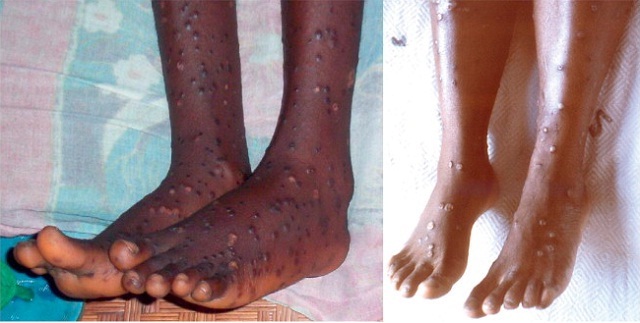
Kampala, Uganda | THE INDEPENDENT | Officials at the Kampala Capital City Authority (KCCA) have revealed increasing surveillance as Uganda’s confirmed cases of Mpox, a viral disease previously known as monkey pox increased to five.
Speaking on Thursday, Dr Daniel Okello the Director Public Health at the Kampala Capital City Authority (KCCA) revealed that following the two cases that have been confirmed in the city, they have set up two isolation treatment centers at Naguru and Mulago National Referral hospital ready for any cases that may come up.
Uganda recorded their first two cases that were imported from the neighboring DR Congo weeks ago but these have since been treated at Bwera hospital and discharged.
The two cases detected in Kampala are currently being treated at the treatment isolation unit in Entebbe and yet another case picked from Amuru is being treated within Amuru district.
Mpox being a viral disease, experts say patients are mainly given supportive treatment.
According to Dr Lawrence Nyende a Public Health Nutrition Specialist, individuals who are malnourished are more susceptible to the disease which partly explains why alot of children in the DR Congo have been affected.
Figures by the Centers for Disease Control (CDC) show that over 80 percent of the 27,000 suspected cases recorded in the country since 2023 are children.
Nyende says proper nutrition with Vitamin C, E and A are key for good recovery outcomes adding that foods rich in zinc such as pumpkin, fish and beef are very helpful when it comes to inflammation associated with the viral disease.
However, Okello says like other previous infections that are easily transmissible by body contact, people in Kampala who are often in crowded places have to be vigilant and report any suspect cases to the authorities. He says monkey pox blisters or sores tend to start by appearing on the Palm of the hand to circulate to other parts of body.
Dr. Andrew Ddamulira, a Physician says sufferers start developing symptoms twelve days after exposure and that they initially present with high temperature, dizziness and sore throat before the rash starts appearing.
Doctors warn that people living with HIV are at a higher risk of getting the severe disease in addition to very young children and older people.
******
URN
 The Independent Uganda: You get the Truth we Pay the Price
The Independent Uganda: You get the Truth we Pay the Price




Thanks for reminding us mpox, especially Refugees living in the camp need sensitization and prevention measures